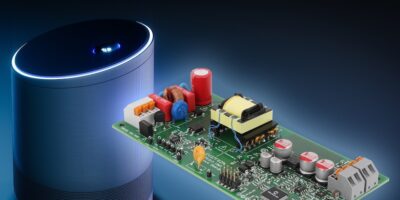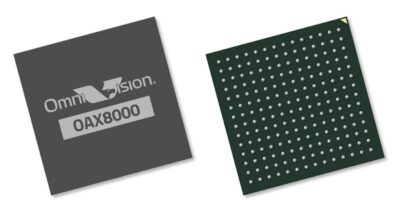The single chip P9418 IC combines WattShare technology for high power density smartphone and mobile device charging. The 60W wireless power receiver is claimed to deliver faster wireless charging experiences for smartphones, laptops and notebook devices and in the industry’s highest power density. The WattShare technology enables quick and convenient charging on the go beyond smartphones, including device charging for a variety of portable computing devices, says Renesas.
The P9418 is an integrated wireless power transmitter/receiver IC (TRx) that can be configured to transmit or receive an AC power signal through magnetic induction. The P9418 provides an upgrade path for the P9415 and also delivers advanced telemetry and proprietary charging protocols required for high power applications.
It delivers up to 60W as a receiver and in WattShare (TRx) mode has up to 10W Tx capability. It has an embedded 32-bit Arm Cortex-M0 processor and Renesas claims it has best-in-class IOUT current sensing accuracy for foreign object detection. There is also a non-volatile memory for firmware and device function updates.
Bi-directional communications support proprietary authentication with encryption and the P9418 is WPC 1.2.4-compliant and various proprietary charging modes. It supports I2C 400kHz standard interface and general purpose I/Os.
Designers can also combine the P9418 wireless charging receiver with Renesas’ power management portfolio, including its USB Type-C power delivery and battery charging to accelerate development.
The P9418 60W wireless power receiver is available now.







